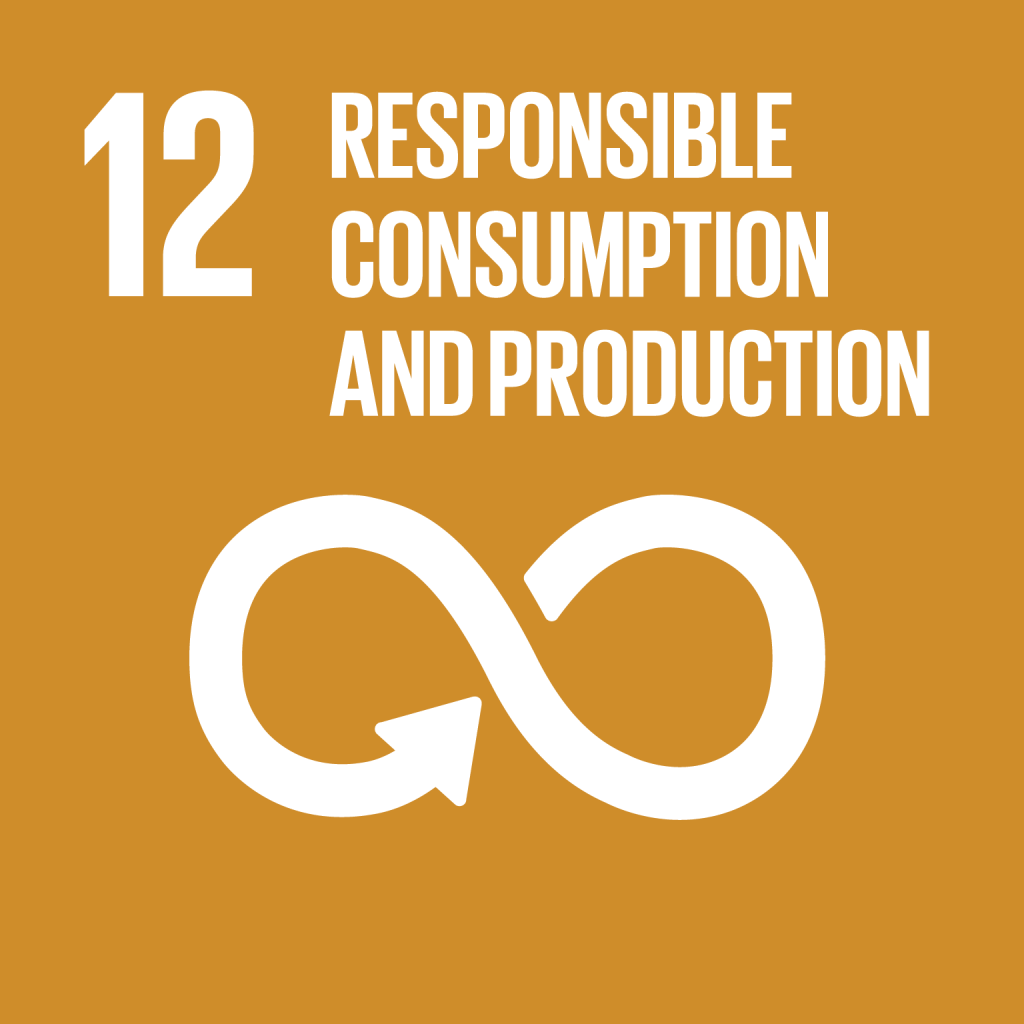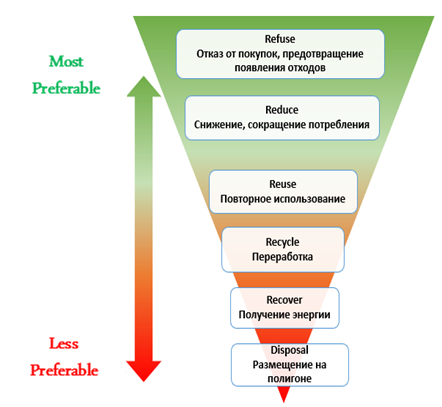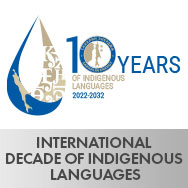- About the company
- Safety and Environment
- Social Performance
- Media
- Tenders
- Jobs and career
- Vacancies
- Students: Internship
- Graduate development programme
- Traineeship Programme
- Energy cup case championship
- Contact us
- Home page
- Safety
- Environmental Protection
- Waste Management Verification
Waste Management Verification

In handling its waste, Sakhalin Energy LLC seeks to reduce waste generation, apply modern technology for waste utilisation and neutralisation, and dispose of waste at dedicated facilities that meet modern environmental requirements.

At the Company's assets, waste collection is segregated by type and hazard class, with a hierarchy of waste handling arrangements in place.
The Company's operations generate various types of waste, ranging from extremely hazardous (Hazard Class 1) to virtually harmless (Hazard Class 5) to the environment. Most of the wastes are low-hazardous wastes (Hazard Classes 4 and 5). These are primarily drill cuttings from offshore platforms and municipal waste generated by Sakhalin Energy's office buildings and residential complexes.
The environmental impact of waste handling activities is mainly associated with landfilling.
Hazard Class 1 through 3 wastes (mercury lamps, rechargeable batteries, spent oil, fuel and oil filters, etc.), which are the most hazardous for the environment, are handed over to specialist contractors for decontamination and disposal.
Hazard Class 4 through 5 wastes, with the exception of drill cuttings, are disposed of by landfilling within Sakhalin Oblast and Primorsky Krai (Nakhodka) as per existing contracts.
Drill cuttings are re-injected into deep subsurface horizons. Unlike landfilling, this method has a number of environmental, economic, resource- and energy-saving advantages. Drill cuttings are buried in deep subsurface horizons at a depth of about two kilometres, thus eliminating any adverse impact on the environment. In addition, they do not need to be transported anywhere from where they are generated, nor do they require building dedicated landfills on the earth's surface. Sakhalin Energy continuously monitors the re-injection process and takes every reasonable step to cut down on the generation of drill cuttings. Since 2016, Sakhalin Energy has been monitoring the condition of seawater in the seabed layer, bottom sediments, and benthos (bottom-dwelling organisms) in the vicinity of the underground facilities used for drill cuttings disposal. Based on the monitoring results, Rosprirodnadzor annually confirms that the Company's drill cuttings disposal has no adverse environmental impact.
- Safety and Environment



